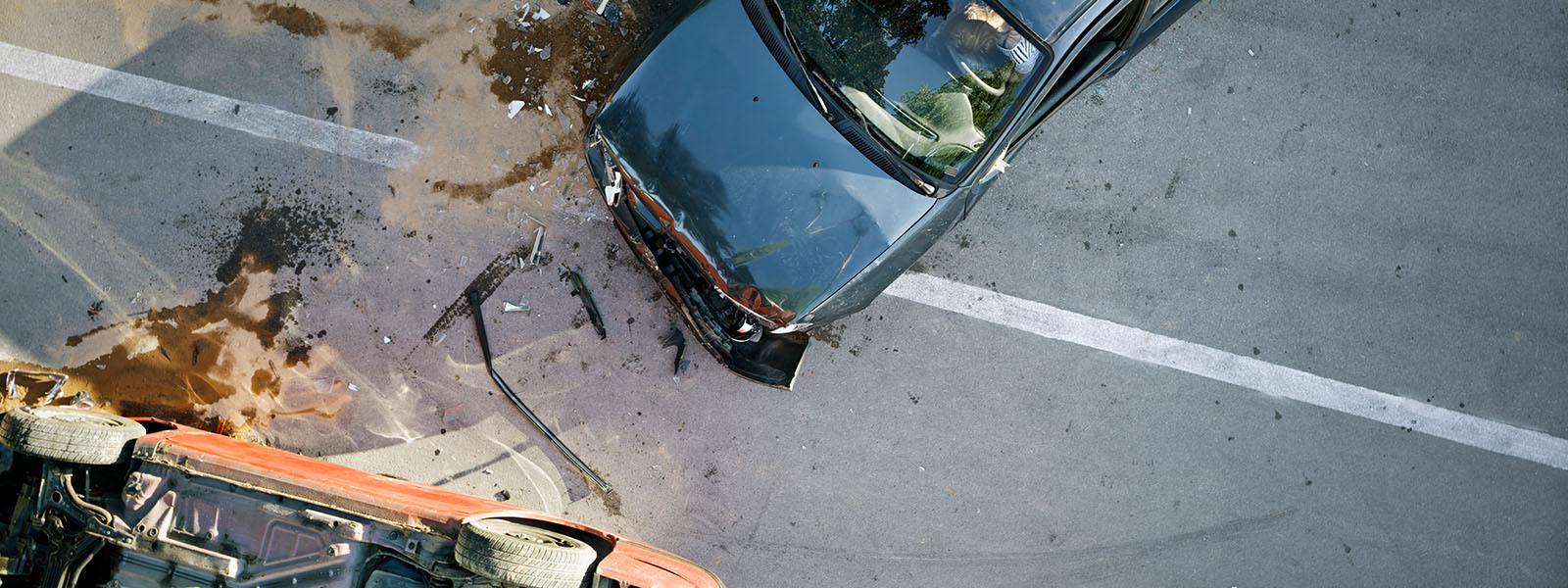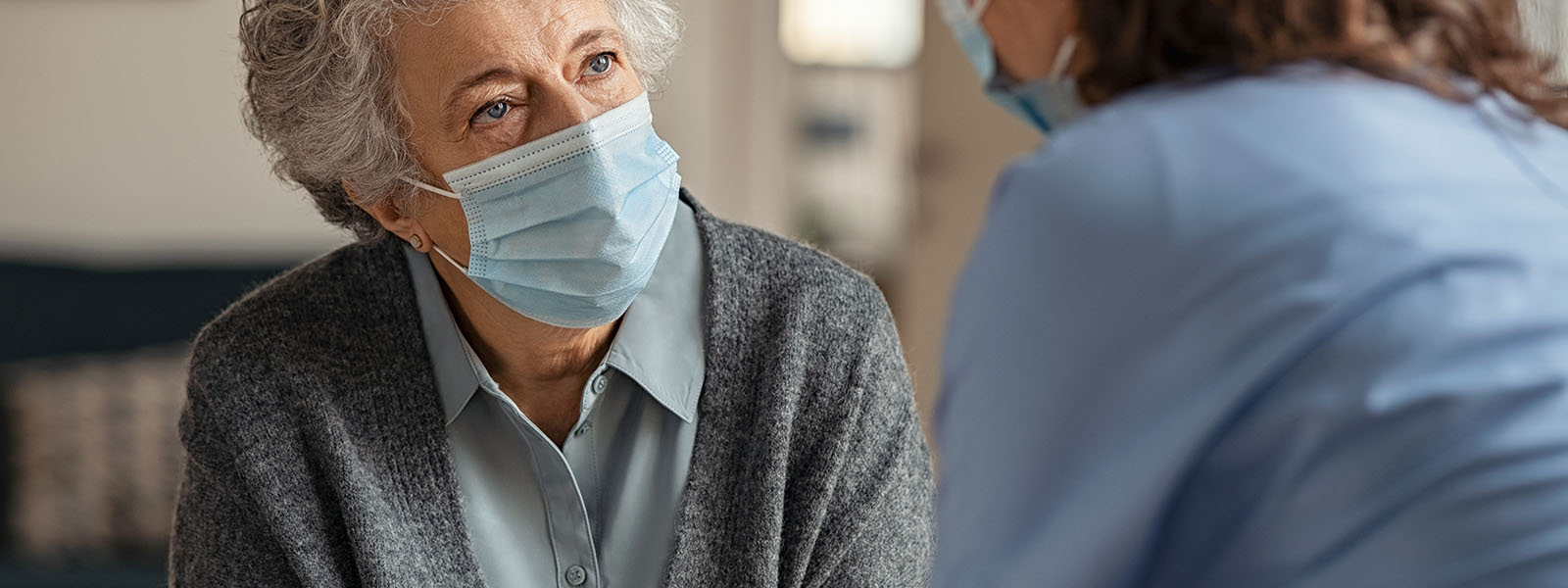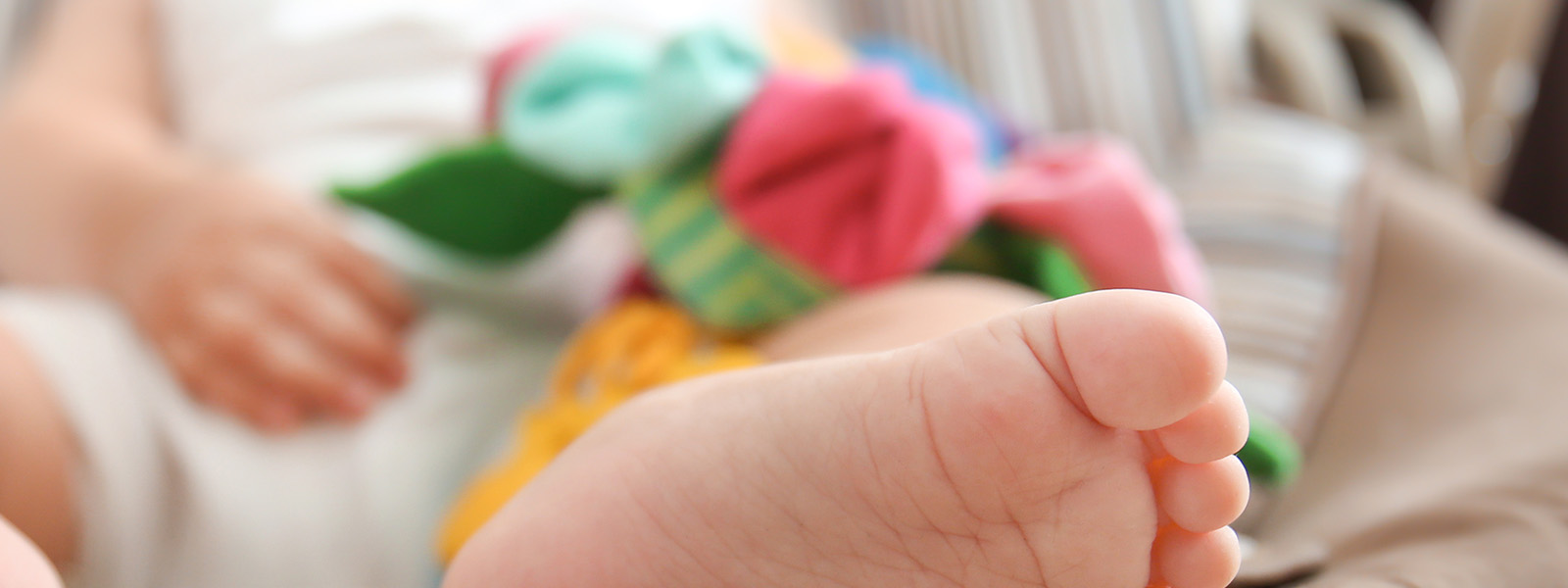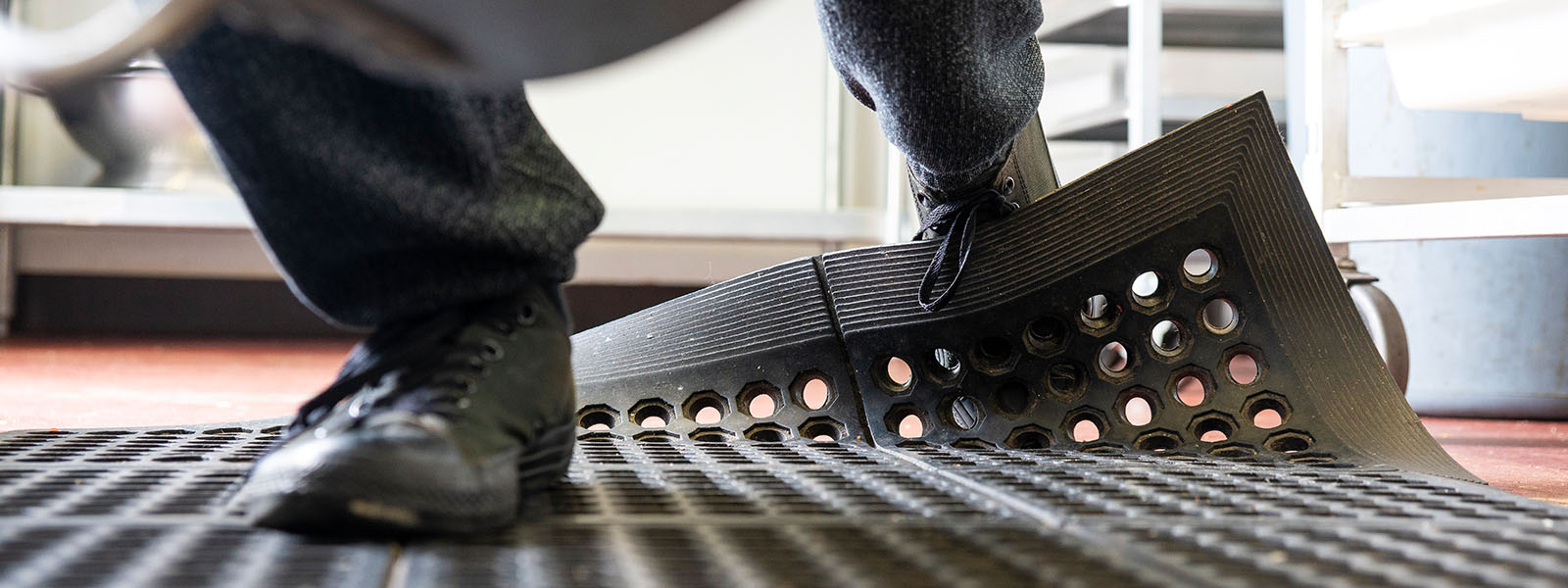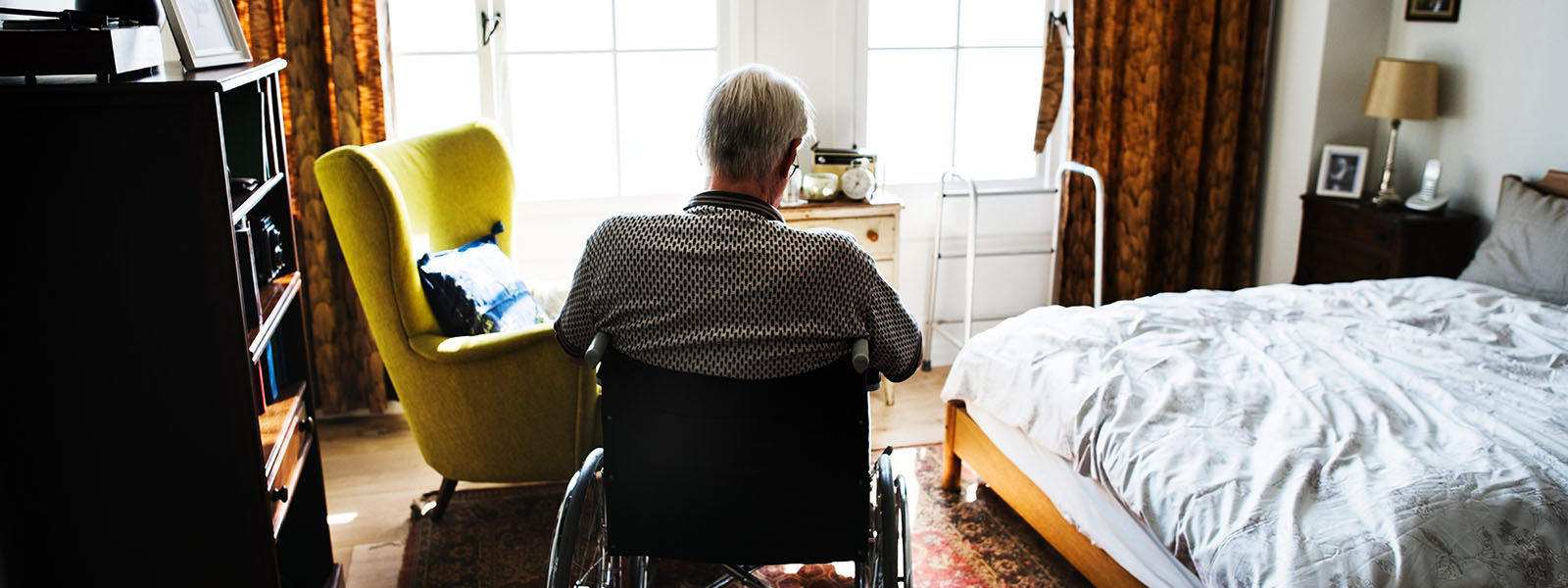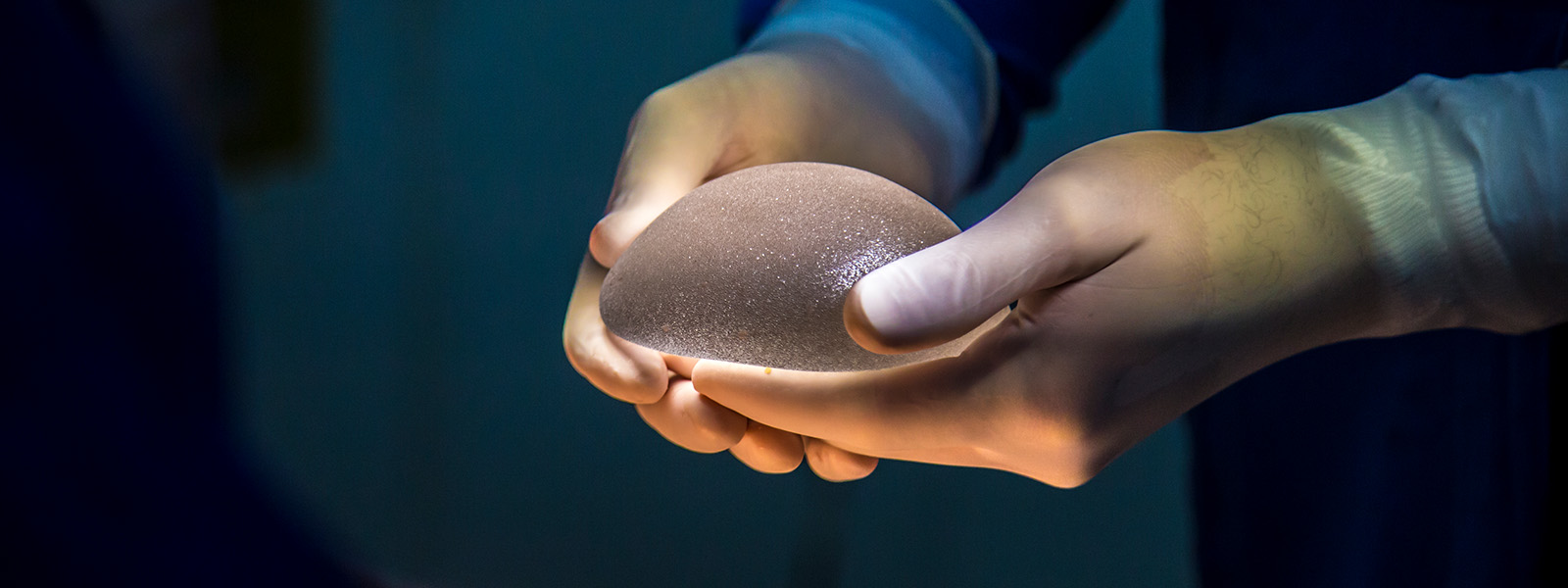As we all know, the COVID-19 pandemic has altered the nation’s way of life. One example of this can be seen in the amount of traffic on the nation’s roadways. When people are commuting as normal, there are certain times with elevated levels of traffic. However, now that many people are suffering a lack of work and work schedules and routines have been changed to adapt to necessary coronavirus precautionary procedures, the amount of traffic on the road has decreased. Researchers have been looking into whether these altered traffic routines have resulted in any changes to traffic accidents. While it’s clear that the number of cars on the nation’s roads has dropped considerably as a result of the coronavirus and related shutdowns, research has suggested that the number of serious accidents, injuries, and fatalities has largely remained level.
In the fall of 2020, researchers from the University of Missouri investigated traffic patterns as they changed during the lockdown period in several states. They were looking into whether the reduced amount of vehicles on the road reduced the number of car crashes and their seriousness. They performed an analysis using data from the Statewide Traffic Accident Records System. This system logged nearly 2,300 traffic accidents on Missouri roads from January through May. To determine whether or not the shutdowns affected the number of car accidents, the researchers categorized the period from March 23 to May 3 as the shutdown period. According to their findings, the number of daily accidents on the road was reduced, falling from 17.9 to 14.4 incidents per day. They also found that there was a significant drop in the rate of collisions resulting in minor or no injuries, dropping from 14.5 to 10.8 incidents per day. Unfortunately, despite these reductions in crashes, the rate of serious and fatal accidents increased from 3.4 per day to 3.7 per day during the lockdown. The researchers hypothesized that there could be a number of reasons for these conflicting results. One possible factor is that the more clear highways allowed dangerous drivers to speed more easily, leading to an elevation in crashes at high speed. These high-speed crashes are naturally more likely to lead to serious injuries and deaths. Other possible factors are reduced policing and an increase in the speed of commercial vehicles. There have been previous studies that analyzed the effects of COVID-19 on traffic and the results supported the theory that open roads resulted in a change in driving behavior, with the drivers increasing the vehicle’s speed. INRIX, an analytics company that focused on driving behavior, also released a study that showed that the speed of the average driver increased by 75% on highways when traffic dropped from the lockdowns. They also concluded that these higher driving speeds could lead to more serious crashes.
Further supporting the conclusion that increased speeds are the cause of the increase in serious crashes, transportation officials in New York City reported a 60% increase in the number of speeding tickets from speed cameras in March when compared to the previous year. In Washington D.C., there was a 20% increase in the number of speeding tickets issued, with officials reporting that the number of drivers found going over the limit by more than 20 miles per hour also increased by almost 40%. What we can see from these studies and their conclusions is that speed plays a major factor in the number of serious accidents. Even if the roads look clear, you should be defensive when driving.
